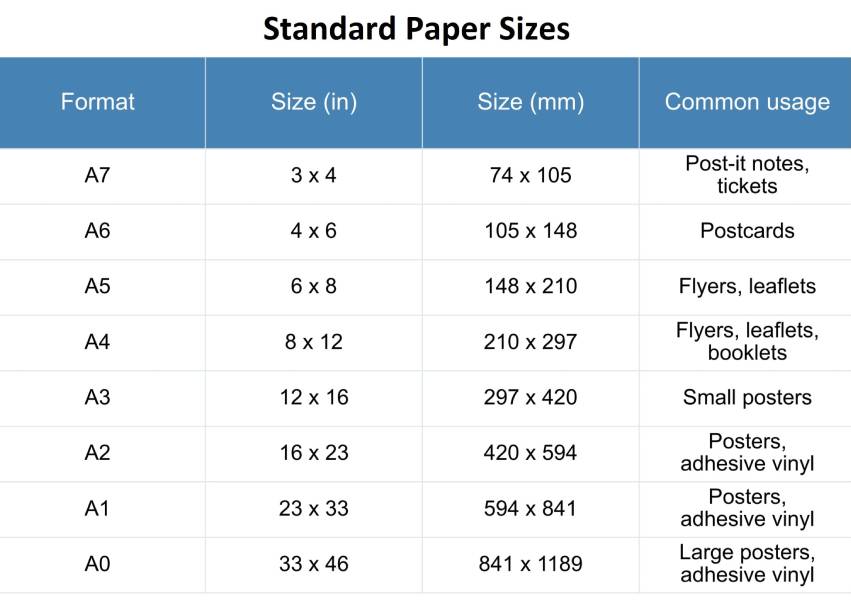

However, a lot of social networks have similar sizing recommendations. Sizing images for social media is often a source of confusion. Read our article about common aspect ratios in images to gain a better understanding of this concept. In this post, we’ll also mention aspect ratios from time to time. This means you can create your images to be a little larger (for example, 400 x 400 pixels instead of 180 x 180) so they can be scaled down, but we don’t recommend using smaller images with the hope they’ll scale up. We also focus on recommended or minimum image sizes. Lower PPI or DPI means the image could look pixelated or blurry when printed.įor this guide, we focus on image sizes rather than resolution. A higher DPI or PPI means the image is more detailed. You might also see DPI which stands for dots per inch. Pixels per inch is commonly abbreviated as PPI. For example, the resolution might be 300 pixels per inch which means there are 300 pixels in an inch when printed. Resolution controls the print size of the image. For example, 100 x 100 pixels are representative of the actual size the image will appear on the website. The image size is represented in this guide by the number of pixels wide and tall that an image measures. Though they’re sometimes used interchangeably, image size and resolution are different things.

Some of those are minor with a few pixels here and there, while some are vastly different, and may require specific file types. As a result, different sites have different design needs. Though there are some general standards among different social media platforms, ad platforms, websites, and print material providers, each was built with its own design needs in mind. Why do I need to resize my pictures for different platforms? At iStock, size varies among the images we offer, and we always specify the largest available size of an image so you don’t find yourself paying for an image that doesn’t meet your needs. Technically, the dimensions of different photo sizes are limitless. What are the different standard photo sizes? We’ve created this guide to help you quickly find the right dimensions for your images whether that’s a Pinterest pin or a postcard you’re mailing. Your Facebook images should be one size, your blog requires another, and the brochure you’re printing also needs a different size.īut you don’t need to feel overwhelmed by the different sizes you need for different uses. Whether you’re adding photos to your website, social media, or physical print materials, you’ve probably realized there isn’t a one size fits all answer to image sizing – requiring you to optimize images for different platforms.


 0 kommentar(er)
0 kommentar(er)
